Agarwood Tower is located at 2/4 Square, Nha Trang city, Khanh Hoa province. (Photo: MY HA)
Coming here, directly experiencing the product considered a precious resource of the country, learning about the origin of agarwood culture as well as the journey to turn agarwood into a potential economic sector of Vietnam, love and appreciate even more the people who have persistently awakened the fragrance of heaven and earth.
Lesson 1: Cultural heritage from coastal areas
Le Quy Don's book Phu Bien Tap Luc wrote: "Ky nam huong from the top of the mountains of the communes of the two prefectures of Binh Khang and Dien Khanh (now Khanh Hoa) in Quang Nam is the best; from Phu Yen and Quy Nhon is the second best." Thus, since ancient times, not only in folk beliefs but also in ancient documents, agarwood or ky nam (ie the highest quality agarwood) of Khanh Hoa has left an undeniable mark.
The first stop for many tourists when coming to the beautiful coastal city is always 2/4 Square, where the symbol of the city in particular and Khanh Hoa province in general stands proudly: Agarwood Tower. The tower evokes in each person the desire to explore the legendary incense that the people of Khanh Hoa are always proud to preserve.
Against the flow of history
To learn about agarwood, you cannot miss the Agarwood Museum located in Phuoc Dong Ward, Nha Trang City. The museum was built by Mr. Nguyen Van Tuong, Chairman of Khanh Hoa Agarwood Company in 2017 to introduce to the heads of state attending the first APEC 2017 Summit in Nha Trang (SOM1) about the characteristics of Khanh Hoa, including agarwood.
This cultural site preserves more than 5,000 documents and artifacts, divided into many topics such as: World research on agarwood; agarwood distribution map; agarwood in religious and cultural life; natural agarwood blocks that are hundreds to thousands of years old... and notably the history of Vietnamese agarwood.
Mr. Nguyen Van Tuong, Chairman of Khanh Hoa Agarwood Company (left of photo) introduces to visitors the agarwood block being kept at the Agarwood Museum. (Photo: MY HA).
According to scientific research, agarwood is formed when the Aquilaria tree is damaged (which can be caused by many different reasons such as natural disasters, storms, damage from insects, animals, bombs during war, etc.). When there is a wound, the resin in the tree is transported to cover it, and over time, the accumulated oil will become a precious wood called agarwood.
Each different agent combined with the surrounding natural conditions will produce agarwood with different characteristics, the most notable of which is that if the tree is struck by lightning, it will create Ky Nam.
According to documents at the Agarwood Museum, the Aquilaria tree was scientifically named by French botanist Jean Baptiste Louis Pierre (1833-1905), who lived and worked for many years in Vietnam.
Based on the specimens collected in central Vietnam, he named them Aquilaria Crassna Pierre. Later, another French botanist, Paul Henri Lecomte (1856-1934), when publishing studies on Indochina plants, classified the genus Aquilaria in the Thymelaeaceae family.
Vietnamese agarwood (dó bầu) has the official scientific name Aquilaria Crassna Pierre ex Lecomte, mainly distributed naturally along the Truong Son range from the upper reaches of the Ca River to the southeast; in which, the famous localities for exploiting, producing, processing and trading agarwood are Khanh Hoa, Quang Nam, Binh Dinh, Phu Yen, Dak Lak, Ha Tinh...
Thus, agarwood is not a product of Khanh Hoa, but why is Khanh Hoa honored as the "land of agarwood"? Going back further in history to the past, to find the origin of agarwood, we cannot help but mention the ancient kingdom of Champa and the Cham ethnic group - the long-time residents of the coastal strip of South Central Vietnam.
The Cham people are famous for their system of temple architecture, one of the great works that still exists today is the Po Nagar Tower in Nha Trang city, worshiping Thien Y Thanh Mau - the mother of the country. Archaeologist Ngo Van Doanh, former Deputy Director of the Institute of Southeast Asian Studies, in the book Thap Ba Thien Y Na - the journey of a goddess, quoted a passage from the Cham people's funeral oration that is still preserved on the steles: "The one who gave birth to the land, gave birth to humans/The one who gave birth to agarwood is the god Po Inu Nagar/The one who gave birth to all things in the world/The one who built villages, fields and gardens is the god Po Inu Nagar/In the past, the god Inu Nagar gave birth to the land, agarwood, rice...".
These research results have proven that agarwood has been associated with Khanh Hoa for a long time and is identified with the most sacred and revered images. Studying the geographical aspect to continue explaining the question of why Khanh Hoa agarwood has the best quality, observing the province's location on the country's map as well as practical experience, it can be seen that Khanh Hoa is located in the middle of the south central coastal region.
Here converges elements considered gifts of nature: The soil is the result of geological movements hundreds of millions of years ago, when volcanoes in the Central Highlands erupted into the East Sea, forming an arc towards the sea with feralit soil on granite and basalt, rich in minerals, fertile, and fertile, the foundation for an extremely diverse flora and fauna.
More importantly, Khanh Hoa has a unique advantage because the sea is the meeting point of two hot and cold ocean currents, creating a typical temperate climate, warm sunshine, abundant rain, which is an excellent condition for flora and fauna to grow richly and of high quality. It is this combination of heaven that has turned Khanh Hoa into the "holy land" of Aquilaria trees, from which the agarwood culture has developed over the centuries.
Agarwood culture
Agarwood is often burned at important, sacred moments such as New Year's Eve, when a child is born, ancestral worship ceremonies, the day of returning home to pay respect to ancestors, when tying hair and spinning silk... and especially in cultural, religious and belief ceremonies of Vietnamese people as well as many countries in the world.
According to Dr. Nguyen Duy Thai, Institute of Culture and Development, Ho Chi Minh National Academy of Politics, author of the monograph Vietnamese Agarwood Culture, agarwood culture is the sum of knowledge, customs, traditions, and ways of behaving related to agarwood accumulated throughout history, creating cultural values that have a lasting influence in the community. Agarwood appears in all religious institutions such as Buddhism, Hinduism, Islam, Christianity, Taoism... and on the altars of every Vietnamese family.
Because it is such a sacred incense, searching for agarwood used to be a highly profitable profession. During feudal dynasties, people in the past were forced to search for agarwood to pay taxes, pay tribute, give as gifts, or sometimes because they wanted to change their lives and become rich. They braved the dangers in the deep forests and mountains, "taking the risk of finding agarwood".
Proposal to develop National Standards on bird's nest and agarwood
08/17/2024 19:16
Researcher Nguyen Dinh Tu in his book Non nuoc Khanh Hoa mentioned the folk song: "The heavenly cinnamon tree grows in the rock crevices/Agarwood Van Gia spreads its fragrance to the mountains and forests". During the time when Lord Nguyen ruled Dang Trong, he established "am son" teams to search for agarwood and ky nam from the second to the sixth lunar month every year. The lacquer workers who search for agarwood are called di dieu (diu); the whole family or clan that has the profession of searching for agarwood is called the Thai Huong household or Thai Huong clan. Agarwood in Khanh Hoa is not only a precious product from the deep forest, but also the soul imbued in the cultural life of the people here.
Today, when visiting Van Gia, Van Ninh, talking to the elders, I still see many artisans diligently "excavating agarwood", carving, scraping each piece of wood as if caressing a living treasure. Khanh Hoa agarwood culture is a precious treasure that is always preserved in this land and the journey to unlock its potential is still waiting ahead. (To be continued)
On June 3, 2025, the Ministry of Culture, Sports and Tourism issued Decision No. 1651/QD-BVHTTDL recognizing "Knowledge of exploiting and processing Khanh Hoa Agarwood" as a type of folk knowledge recognized as a national intangible cultural heritage. This heritage is identified in Nha Trang city, Cam Ranh city, Ninh Hoa town, Van Ninh district, Dien Khanh district, Khanh Son district, Khanh Vinh district and Cam Lam district of Khanh Hoa province.
Source: https://baotuyenquang.com.vn/qua-xu-tram-huong-di-san-van-hoa-tu-mien-duyen-hai-khanh-hoa-213141.html


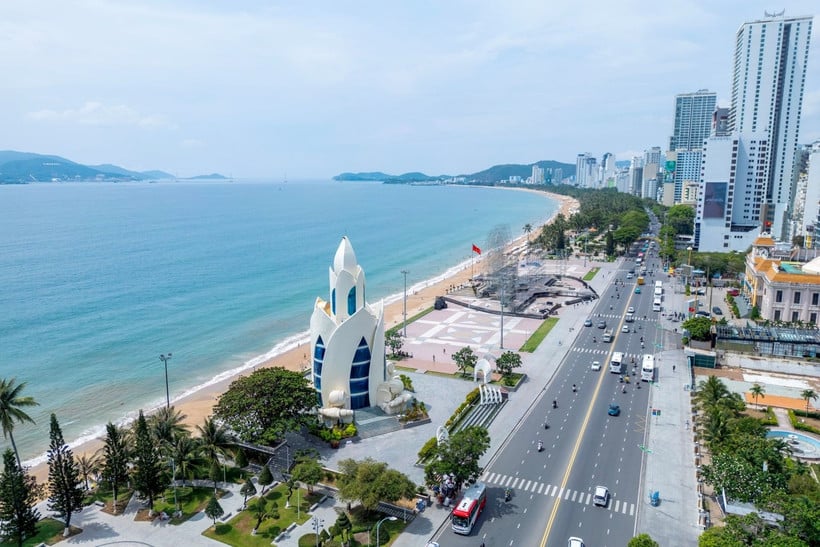
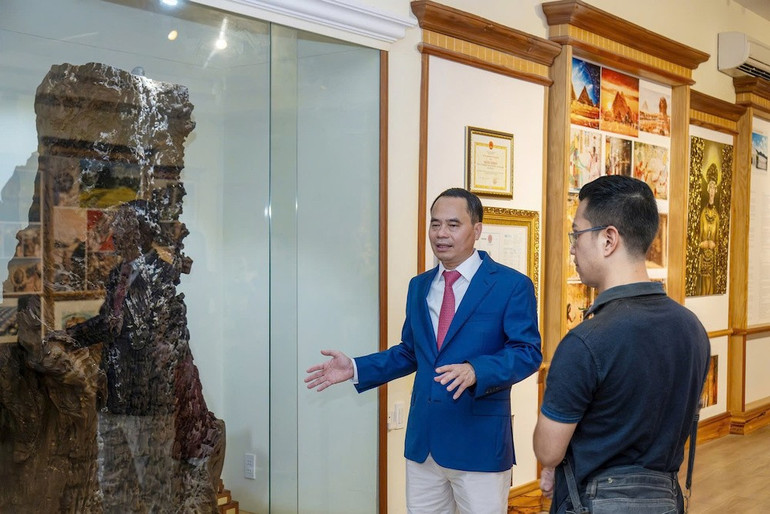











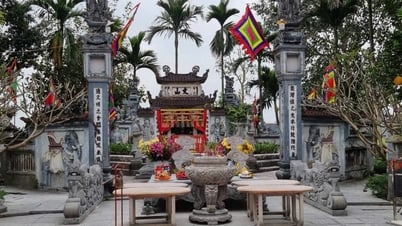

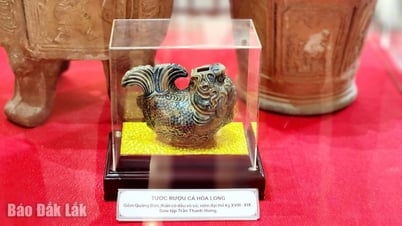

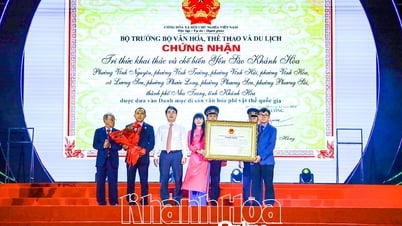








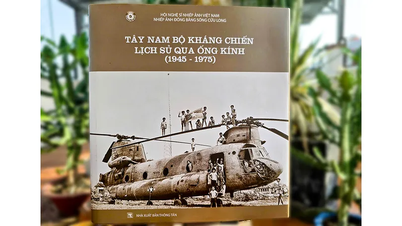













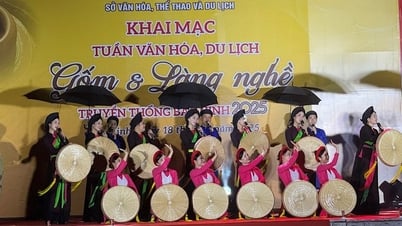























































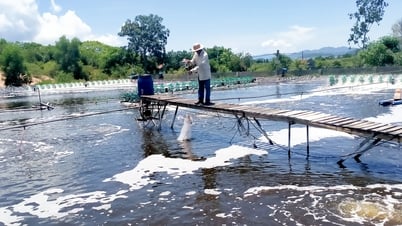
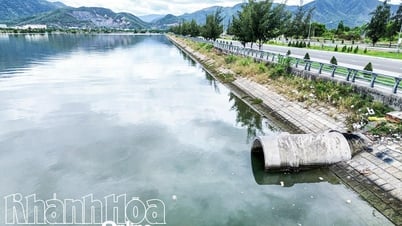















Comment (0)